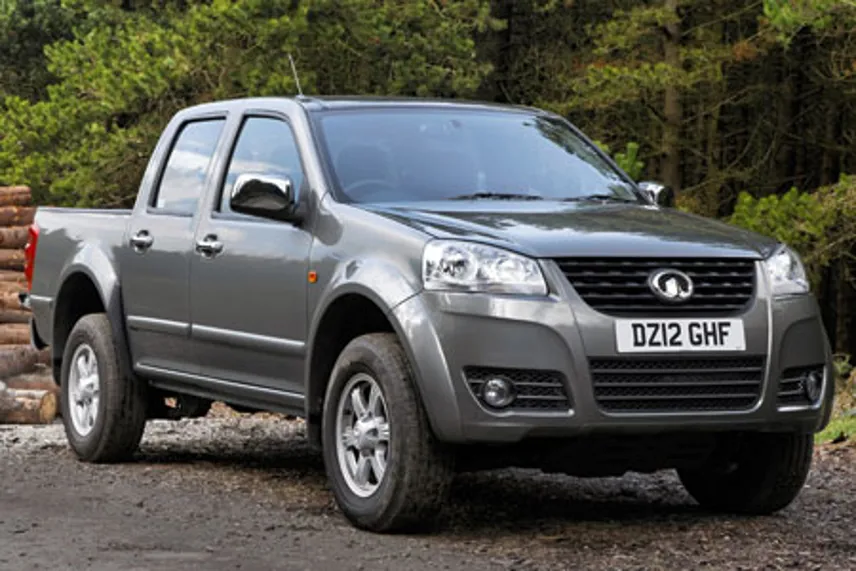Review
We’ve been hearing for many years now that Chinese car manufacturers are poised to make an assault on Europe, and to fill a void left by former budget brands as their products move further upmarket.
MG had been selling lightly revised versions of the old TF roadster (with final assembly at Longbridge) before its mainstream hatchback the MG6 arrived in 2012.
Volvo’s parent company Geely is still a few months away from its arrival in the UK.
So Great Wall, brought to the UK by importer and distributor IM Group (responsible for Subaru, Isuzu and formerly Daihatsu in the UK) is the latest to fly the flag. It has chosen a commercial vehicle to begin its introduction.
The Steed is a double-cab pick-up truck which, the company claims, costs about the same as a single-cab truck from other manufacturers.
It’s a fair point, and in entry-level S guise, for less than £14,000 (excluding VAT), the Steed is a fairly interesting proposition. It comes with 16-inch alloy wheels, daytime running lights, remote central locking, a Thatcham-approved Category 1 alarm, electric front and rear windows, an Alpine CD/radio with USB/MP3 and Bluetooth connectivity, steering-wheel-mounted audio controls, air-conditioning, heated fronted seats and a full leather interior.
The range-topping Steed SE costs £2,000 more (£15,998 CVOTR), and adds body-coloured hard-top canopy, body-coloured spoiler, chrome trim to the daytime running lights, chrome side bars, black roof rails, load bay liner, and rear parking sensors.
The sophistication gap between a Chinese pick-up truck, built to a price and sold with a budget tag, is perhaps less than it would be in mainstream cars.
But this sophistication gap could explain the lack of electronic stability control on the Steed, even as an option. Its maximum towing capacity of 2,000kg is a minimum of 500kg short of other mainstream double cabs – 1,350kg shy of the Ford Ranger’s best effort.
It is also noisier and less refined than most rivals, although economy of 34mpg on the combined cycle is competitive.
The cab is spacious, particularly in the rear, although the perforated leather trim on our 7,000-mile test car seemed to be allowing fibres from the seat padding through, giving it an unusual three-days’ growth look.
Steering is vague, although the Steed’s relatively low stance ensures it always feels safe when cornering at sensible speeds.
In overall running cost terms, the Steed might just have an edge over established rivals whose purchase price may be a few thousand pounds higher. But it would take a brave fleet operator to choose one over a manufacturer that has a strong background in dealing with corporate sales.
















